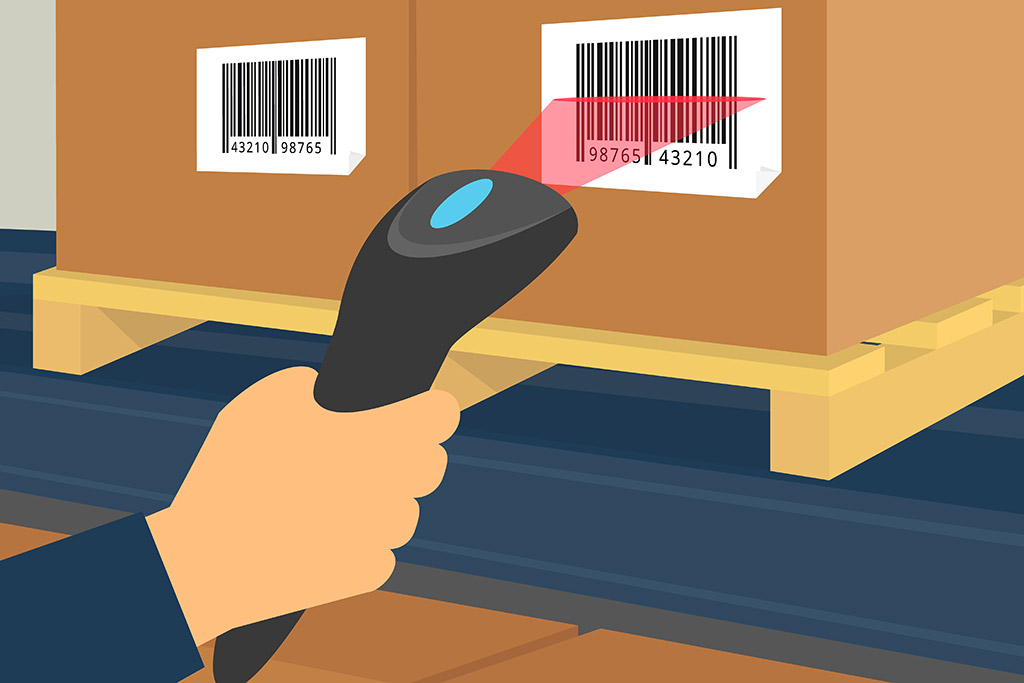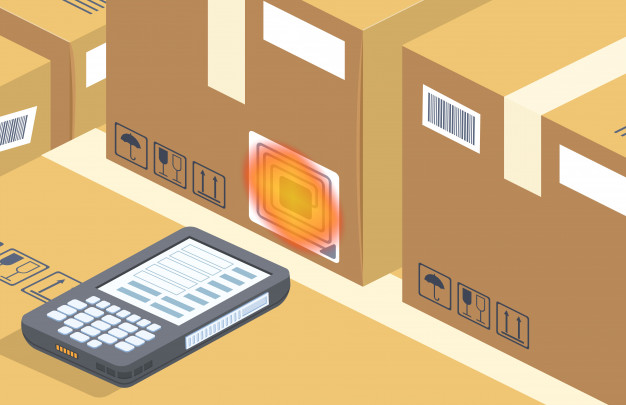Trackability is one of the prerequisites for a modern supply chain. It helps in ensuring visibility, meeting compliance, and in case if there is an effective recall. An automatic data capture system will aid in the collection of information quickly. It also helps in streamlining the inventory process of the warehouse.
One of the most widely used automatic data capture systems is the Barcode system. Barcode system makes inventory tracking and asset tracing a more straightforward job.
Advantages of the Barcode system:
- It increases the accuracy of the inventory
- Saves time and increases the efficiency of the supply chain
- Helps in the scalability of the business
Here are the 5 points a business should know for a successful barcode implementation:
1. Know your industry and its barcode regulations
Before deciding upon the barcodes, it is vital for the business to understand the rules regarding its implementation. Compliance with these rules is essential for a successful application. At the same time, it is essential for the business to map out their specific goals.
2. The areas of application
It is vital to decide the areas where the codes will be scanned regularly. It can be used from warehouses, retail shops, loading docks, point of sale applications, and so on. Knowing where the barcode is likely to be scanned will help in its practical design.
3. The right placement
Placing the barcode in the right place is crucial for the smooth working of a supply chain. Folds, flaps, and edges are not the place for barcodes. They should be put in an area with excellent visibility and without creases. If an employee has to smoothen the wrinkle to read the barcode, then the entire system will lag. This effort will reduce the traceability and efficiency aspect of the supply chain.
Moreover, the size and the color of the barcodes matter and should conform to the industry’s standards. The barcode should be neither too small or big, and it depends upon the industry and place where it will be scanned. For example, a black barcode in a white background will give readability to the scanner.
4. Integrate barcodes
Most businesses now use cloud-based software for better inventory management. Before implementing the barcode system, the industry should ensure its compatibility with their existing software systems. Successful integration will help in streamlining the inventory system with the following advantages:
- Stock counting becomes a more manageable task
- Immediate updates about the inventory levels
- Helps to restock and avoids overstocking
5. Know your barcode printer
Barcode printers come in many types, and the most widely used are the:
- Thermal printers – They use heat to transfer the ink to the label. They are durable and produce high-quality images.
- Inkjet printers – This barcode printer prints barcodes in color.
- Laser printer – It is similar to inkjet printers, but use color and laser to print the label.
- Dot-matrix printers- They print barcodes in rows of tiny dots and are low to medium in quality.
Each printer has its strengths and weakness. The business should decide which barcode printer is suitable and will give them a beneficial ROI.
Having a proper barcode system will aid in speeding up the supply chain process along with inventory streamlining. A business must implement a barcode system that satisfies all six points detailed above. However, switching from a manual system to the barcode system has its own side of difficulties. Yet, the advantages of a successful barcode implementation far outweigh the challenges.


 Start using ZapInventory today
Start using ZapInventory today
